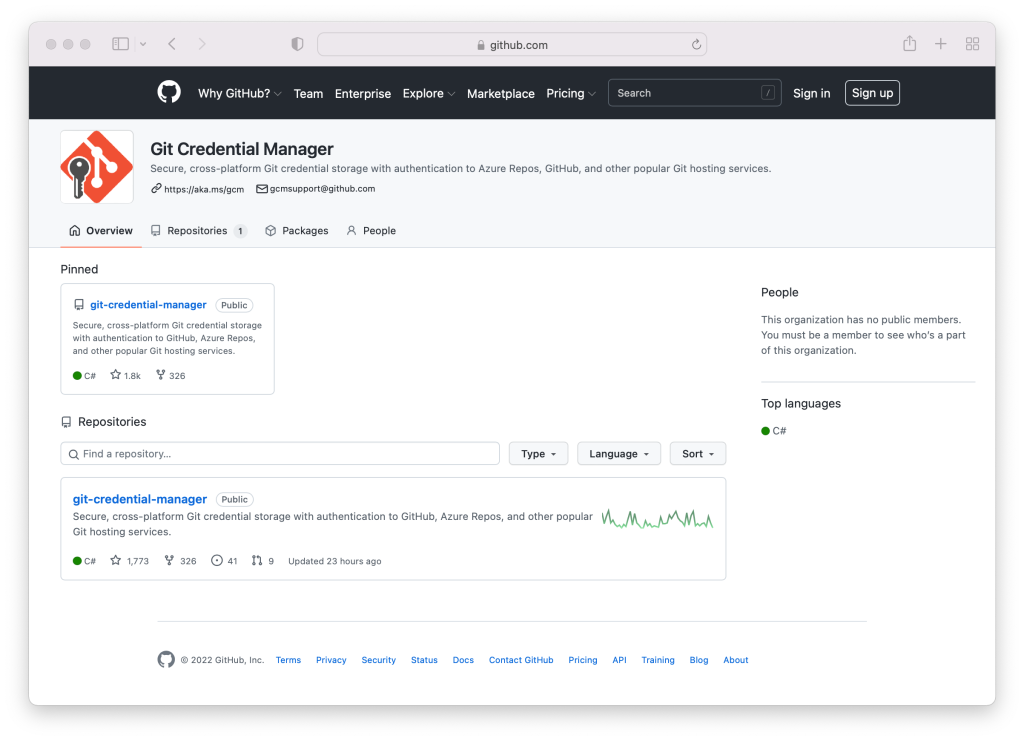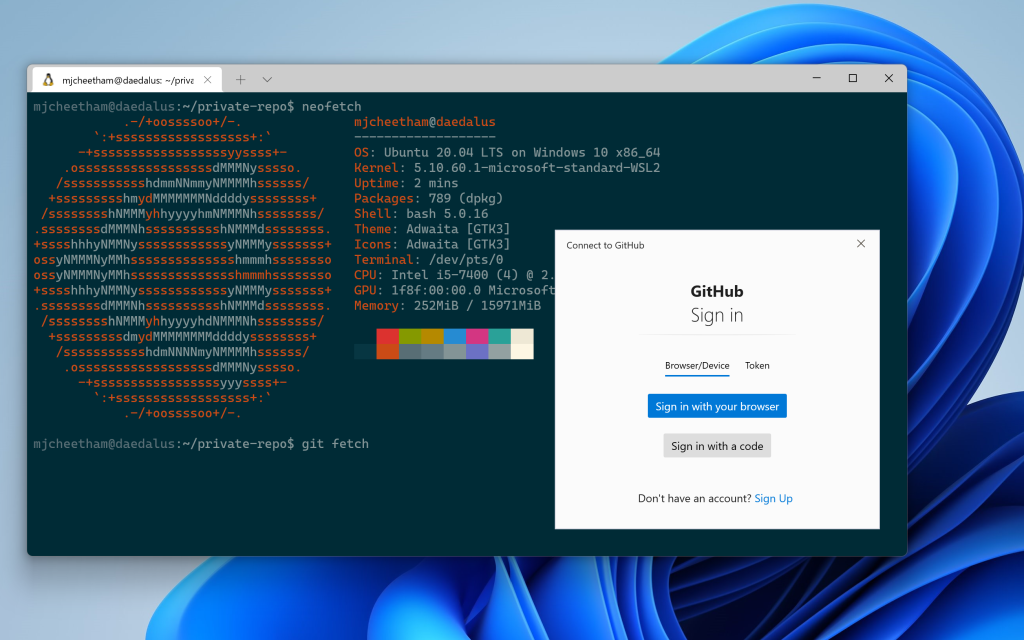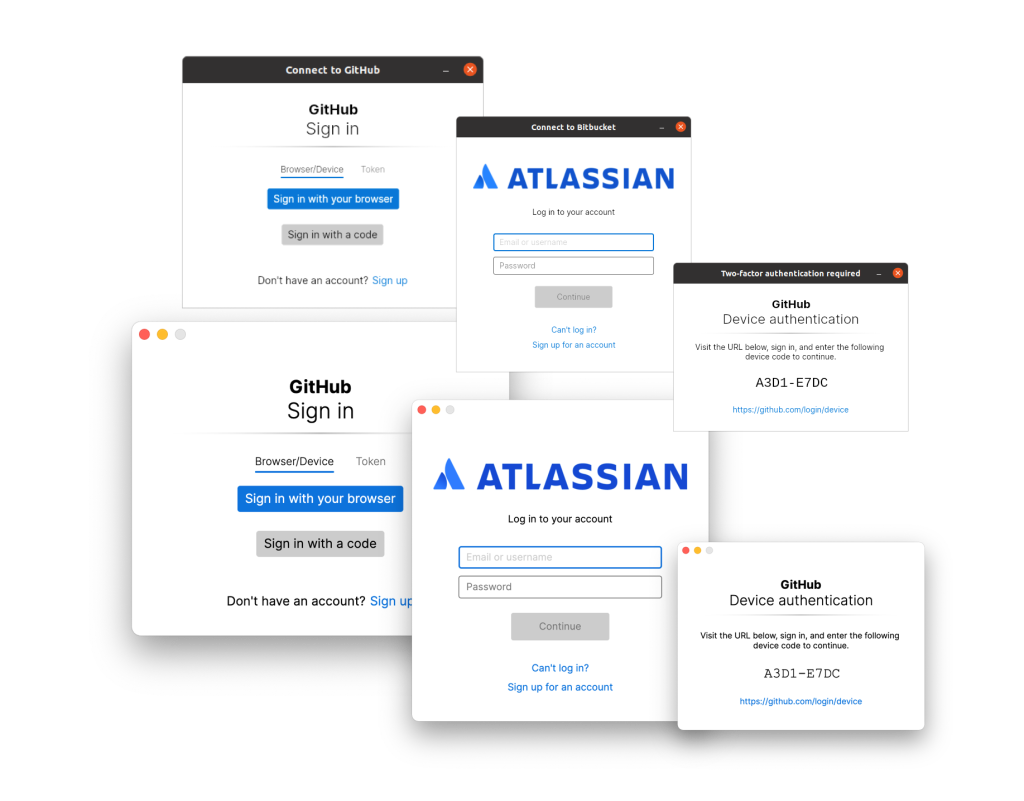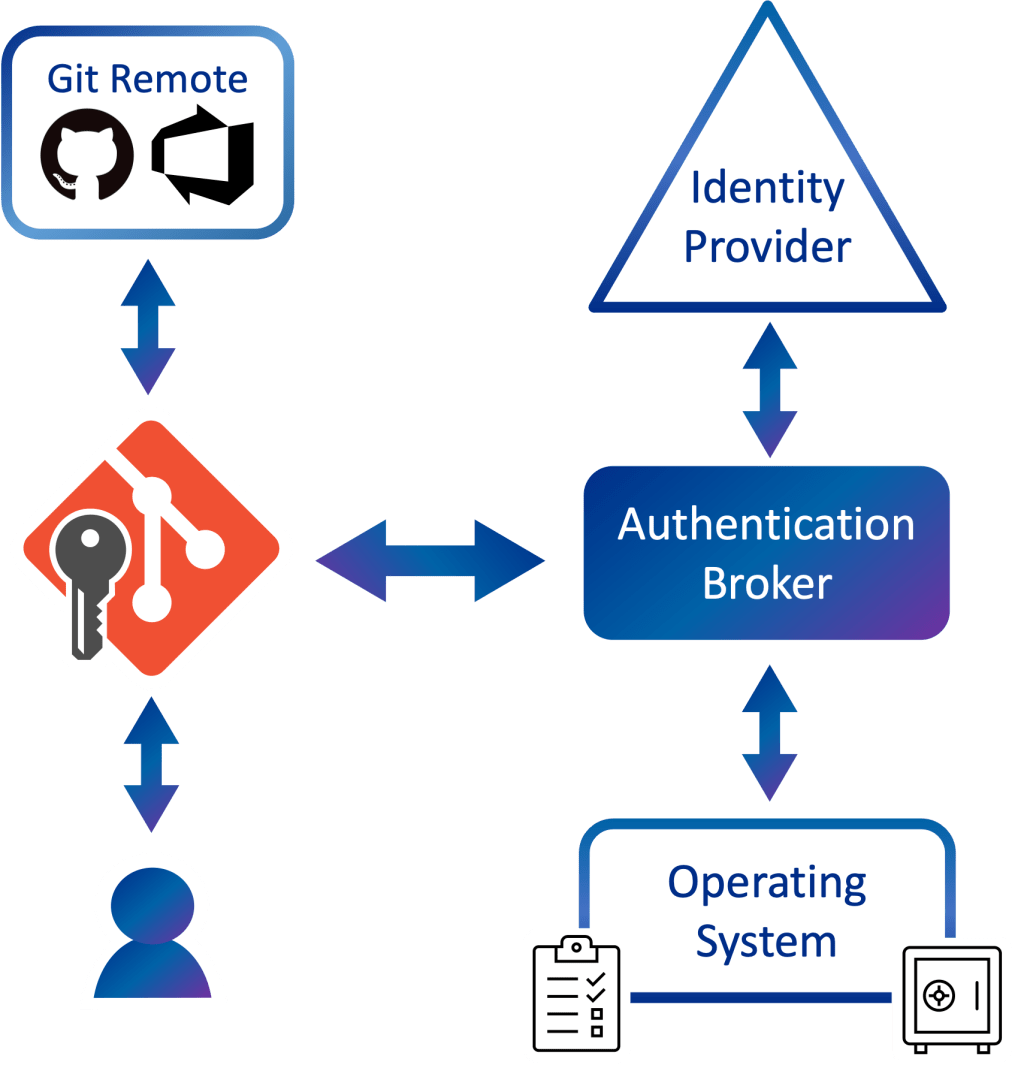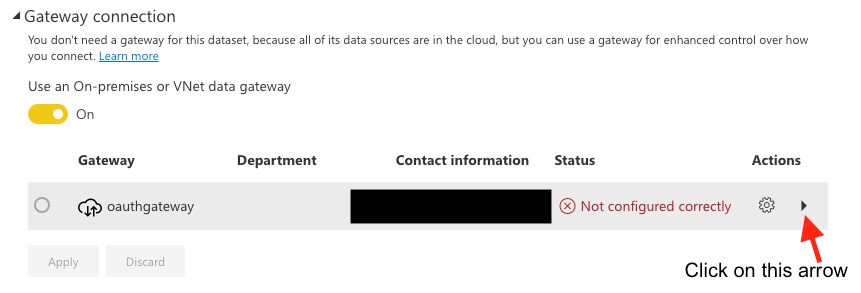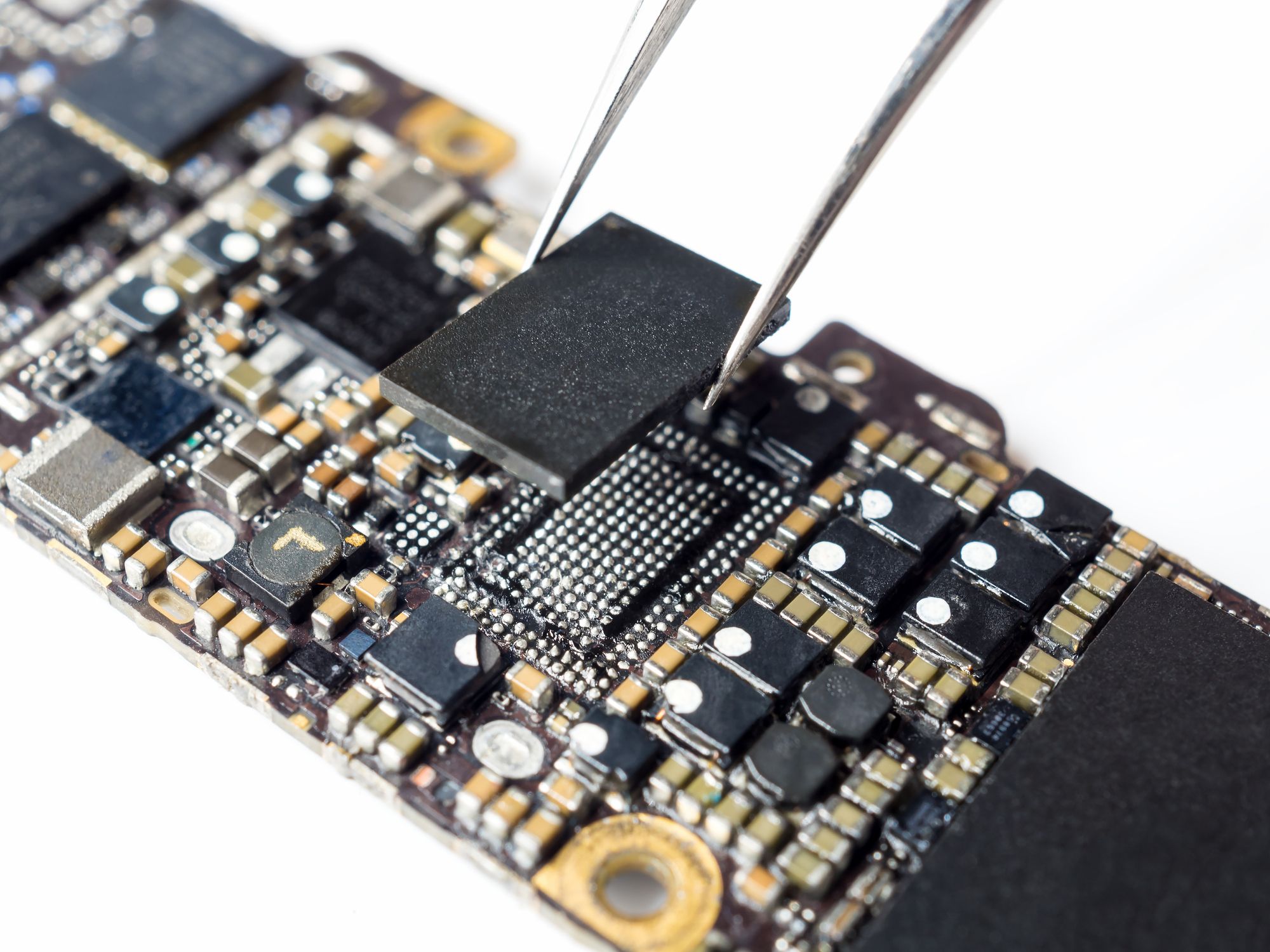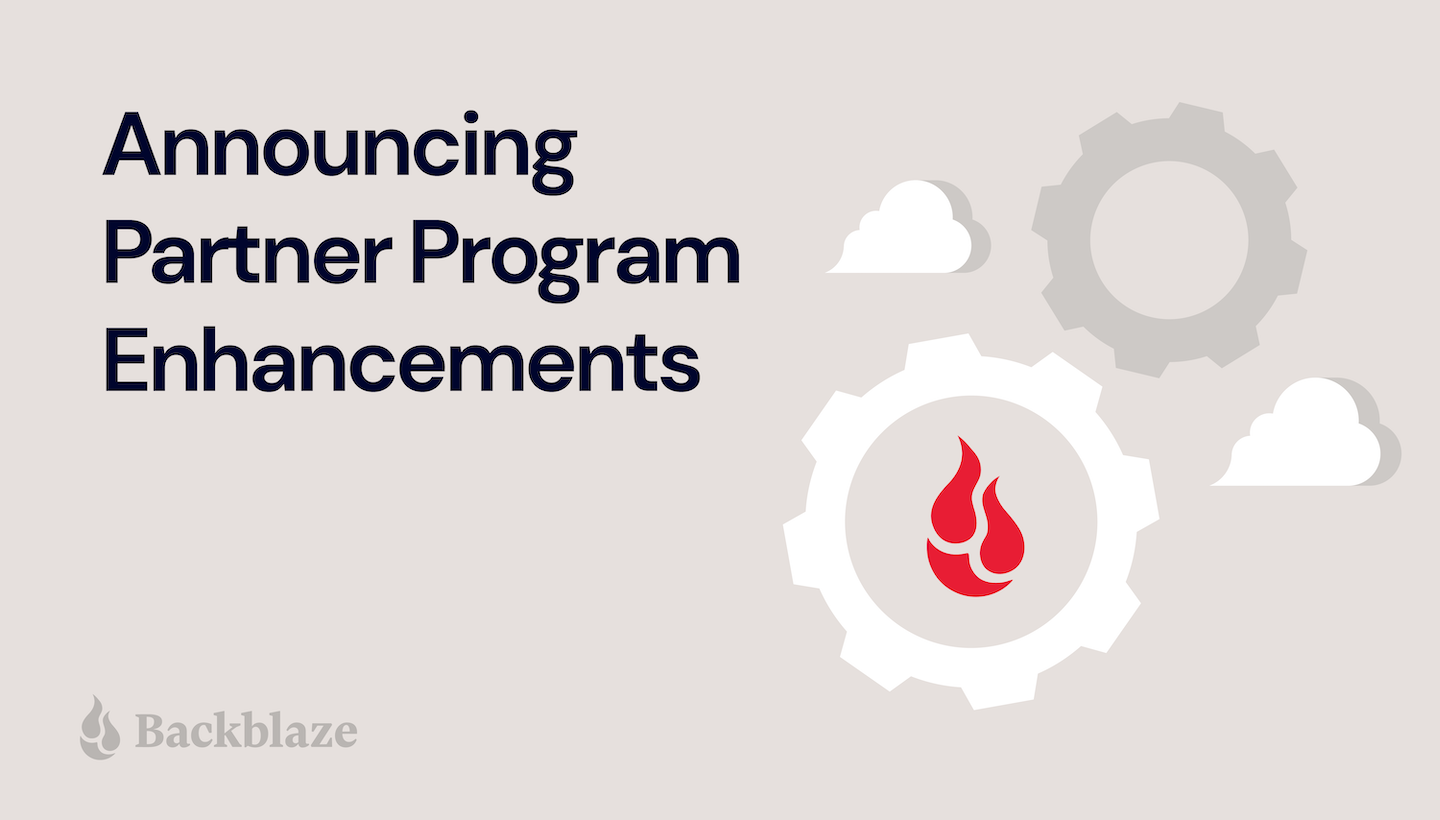Post Syndicated from Светла Енчева original https://toest.bg/kusa-pamet-vyarno-kuche/
Тази седмица един от героите в сериала „Лъжите в нас“ по „Нова телевизия“ припомни теменужките на Костов. Въпреки че помня правителството на Иван Костов, отношението на този бивш премиер към теменужките бях забравила. А и темата е отпреди двайсетина години. Напоследък обаче забелязвам около себе си признаци на далеч по-къса памет. В собствения ми либералнодемократичен „балон“ смятат, че в настоящата ситуация на война с Украйна управлението на ГЕРБ би било за предпочитане пред настоящата четворна коалиция, включваща БСП. Защото именно на БСП и на президента Румен Радев (чиято кандидатура за първи мандат беше подкрепена от „столетницата“) се дължат колебливото отношение на страната ни и отказът да изпратим военна помощ в Украйна.
Извън либералнодемократичния „балон“ промяната е още по-отчетлива. Според социологическите изследвания през последния месец се наблюдава тенденция на спад на доверието към „Продължаваме промяната“, довела дотам, че ГЕРБ отново е най-предпочитаната политическа сила у нас. Дори да сме критични към резултатите на социологическите агенции, тези промени в общественото мнение трудно може да бъдат пренебрегнати.
На какво се дължат спадът в подкрепата за правителството и нарасналата популярност на ГЕРБ?
На първо място (не непременно по важност), от партията на Борисов проявяват хиперактивност, изказвайки се публично по всяка възможна тема. Стратегията на ГЕРБ е всъщност много простичка – всяко действие на правителството се подлага на критика, за всеки проблем се обвинява правителството, дори проблемът да е глобален. И се казва как по времето на ГЕРБ всичко е било по-хубаво от сега.
На второ място, мейнстрийм медиите охотно и като цяло безкритично ретранслират безбройните изяви на ГЕРБ. И по този начин се създава впечатлението, че макар и формално не на власт, партията на Борисов продължава да бъде най-важният политически субект у нас. Нека само си припомним как в продължение на два дни най-гледаните телевизии спираха планираните предавания в праймтайма си, за да излъчват събитията около ареста на Борисов, Горанов и Арнаудова.
Трето, опитите за „изчегъртване“ (по Слави Трифонов) на ГЕРБ и главния прокурор от властта, съчетано с медийната хиперактивност на „изчегъртваните“, създава впечатление, че те са обект на репресии. Особено на фона на не толкова добре комуникираната акция с ареста на Борисов, Горанов и Арнаудова и на експресивния нрав на вътрешния министър Бойко Рашков.
Четвърто, президентът Румен Радев нееднократно проявява остра критичност към правителството – и по темата за Македония, и във връзка с отношението към войната в Украйна, и по всевъзможни по-дребни въпроси. А рейтингът на Радев в началото на втория му мандат е по-висок, отколкото на който и да било политически лидер у нас.
Пето, обективните обстоятелства никак не помагат на правителството на Кирил Петков. Войната в Украйна и неочаквано високата инфлация биха били изпитание за всяко управление. А в България има и множество нереформирани сектори, неизкоренена корупция, както и прокуратура, която е във война с останалите власти. Всеки негатив се „пише на сметката“ на настоящото управление.
Шесто, самото правителство е нестабилна констелация от четири политически субекта (ако броим и мандатоносителите на „Продължаваме промяната“ и трите партии в „Демократична България“, субектите стават осем). Между тях има множество несъвместимости – БСП не иска конфронтация с Русия, от ДБ са за строги санкции и незабавна военна помощ за Украйна, ИТН и ПП не са склонни на компромис за кандидатите си за ръководител на БНБ и т.н.
Ала действително ли позицията на ГЕРБ по отношение на Русия щеше да е по-твърда от тази на настоящото правителство? За да отговорим на този въпрос, следва да си припомним какви бяха отношенията на доскорошните управляващи и лично на Бойко Борисов с режима на Владимир Путин.
Помните ли кученцето, което Борисов подари на Путин?
През 2010-та, година след като оглави правителството за първи път, Бойко Борисов подари на Владимир Путин домашен любимец, порода българско овчарско куче. Палето носеше името Йорго. Няма данни бившият премиер да е подарявал животно на друг държавен ръководител – само на внуците си. В културата на много народи, включително България и Русия, кучето е символ на вярност – котка или папагалче не биха имали подобна политическа тежест. Подаряването на животно освен това е задължаващо в дългосрочен план. Получателят трябва да се грижи за него, а с това – и постоянно да си спомня от кого го е получил.
Три години по-късно Путин публикува снимки как си играе с порасналото и видимо добре гледано куче. Но то вече не се казва Йорго, а Бъфи – името му е сменено след конкурс, резултатите от който игнорират предложенията, включващи асоциации с България, а се избира англоезичен вариант. Йорго впрочем е гръцко име (българският вариант би бил Гошо или Жоро), но не това е причината за преименуването на домашния любимец. Този акт също има символно значение – един вид, „ти ми го подари, но то вече е мое и не ме задължава към теб; твоята вярност към мен не е основание да съм ти верен и аз“.
За цялото управление на ГЕРБ не беше направено нищо, за да се намали зависимостта на България от Русия.
За сметка на това властта вложи цялата си страст в изграждането на газопровода „Турски поток“. И три милиарда лева на данъкоплатците – колкото струват и изтребителите F-16, които САЩ предлагат да продадат на България и чиято цена се смята за твърде висока. Борисов нарече газопровода „Балкански поток“ в неуспешен опит да приспи вниманието на критиците на изграждането му. А той всъщност си е руски, поради което бяха и критиките. Ползата на България от него е неясно каква, защото минаващият през тръбите газ така и не влиза в страната ни – планирано е той да отива на преференциални цени в Сърбия. Понастоящем Сърбия е една от малкото държави, които застават по-скоро на страната на Русия в контекста на войната в Украйна.
Зависимостта на България от Русия е особено силна в полето на пропагандата. И в това отношение управлението на ГЕРБ не положи усилия, за да ѝ се противопостави. Нещо повече – то дори допринесе за официализирането ѝ, особено по времето на третото правителство на Борисов, в което ВМРО беше коалиционен партньор. Именно тогава избухнаха кампаниите срещу Истанбулската конвенция, Стратегията за детето, Закона за социалните услуги, чиято крайна цел беше България да се настрои против западноевропейската либерална демокрация. Въпреки че тези кампании се осъществиха и с подкрепата на евангелистки фундаменталисти, без машината на руската пропаганда те едва ли биха постигнали особен успех.
Като говорим за зависимост и руска пропаганда, нека си припомним също, че в края на управлението на ГЕРБ и ВМРО България наложи вето върху членството на Северна Македония в ЕС. Условията за отпадането му бяха унизителни и на практика невъзможни – от македонците се искаше едва ли не да признаят, че са българи. Тоест да приемат, че нито идентичността им, нито езикът им са техни. Преди началото на войната в Украйна не беше толкова очевидно, но вече става все по-ясно, че упорството на България срещу членството на югозападната ѝ съседка в ЕС обслужва не толкова българския, колкото руския интерес.
От 2013 г. насам поне стотина богати чужденци, някои от тях – руснаци, получиха „златни паспорти“.
Въпреки че гражданството срещу инвестиции се предоставя от оглавяваната от вицепрезидента Комисия по гражданство, схемите, благодарение на които то се осъществява, не биха били възможни без участието (или поне без благословията) на различни държавни структури. За „златните паспорти“ България е критикувана от Европейската комисия, те са една от причините и за санкционирането на Делян Пеевски по закона „Магнитски“. А близката до ГЕРБ прокуратура, както е известно, упорито отказва да разследва Пеевски.
Руските граждани, които имаха нужда от убежище обаче, трудно можеха да го получат в България по времето на управлението на ГЕРБ. Опозиционерът от Русия Евгений Чупов, който беше едно от малкото щастливи изключения, накрая получи легален статут, след като Агенцията за бежанците оттегли отказа си в резултат медийното внимание към случая му.
ГЕРБ не направи нищо и срещу радикалните пропутински групировки у нас.
По време на управлението на Борисов държавата не само допускаше шествия на финансираната от Кремъл ултранационалистическа група рокери „Нощните вълци“ у нас, а през 2016 г. полицията дори арестува и подложи на физическо насилие протестиращи срещу нея. „Нощните вълци“ впрочем си имат и български клон, съдържанието на чиято страница във Facebook е почти изцяло на руски.
Управлението на Борисов не забрани и откровено прокремълските, антиевропейски и антисемитски паравоенни формирования като БНО „Шипка“ и Военен съюз „Васил Левски“. Напротив – те набраха популярност по време на бежанската криза в качеството на „ловци на мигранти“. Тези организации са въоръжени и нямат никакви притеснения да заплашват медии и да клеветят правозащитни организации.
По времето на ГЕРБ отравянето на Емилиян Гебрев беше потулено, а разследването на случая впоследствие – спряно.
Производителят на оръжие Емилиян Гебрев беше отровен през 2015 г. по начин, подобен на отравянията на Сергей Скрипал и по-късно – на Алексей Навални. След близо 4-годишно мълчание по случая тогавашният главен прокурор Сотир Цацаров изрази предположението, че Гебрев ще да е ял рукола с пестициди. Тук е уместно да припомним, че по повод на Цацаров бившият градски прокурор Николай Кокинов беше казал на Бойко Борисов: „Ти си го избра.“
През 2020 г., вече по времето на Иван Гешев, прокуратурата спря разследването за отравянето на Гебрев. Въпреки обоснованите подозрения, че в него са участвали руски агенти, отговорни и за покушението срещу Скрипал. И броени дни след отравянето на Навални. Чак през април 2021 г. прокуратурата „се сети“, че в случая с Гебрев има руска връзка. Това стана в контекста на парламентарните избори в началото на същия месец, на които ГЕРБ формално победи, но не успя да излъчи правителство. На фона на силните обществени настроения в онзи момент срещу ГЕРБ и главния прокурор този ход може да се интерпретира като отчаян опит да демонстрират, че са „на правилната страна на историята“.
По същия начин следва да се разбират и действията им срещу „руски шпиони“.
Акциите винаги стават в определен контекст, в който ГЕРБ и прокуратурата решават да играят критични към Русия, защото разчистват политически сметки. Сега, когато БСП е във властта, а Румен Радев отново е президент, е особено лесно да заемат проевропейска и критична към Русия поза. Също като унгарския премиер Виктор Орбан, с когото ги свързва взаимна симпатия, Борисов е способен да разиграва различни отношения към Русия според необходимостта на момента, но в критични ситуации е вярното куче на Путин, което се очаква да бъде.
Затова е добре да нямаме чак толкова къса памет. Ако сме още по-паметливи, може да си спомним, че Бойко Борисов лично е участвал в етническото прочистване, известно като „Възродителния процес“. Две десетилетия по-късно той твърди, че целите на „Възродителния процес“ са си били хубави, само методите били… „объркани“. Може да си спомним и че е бил бодигард на вече сваления от власт диктатор Тодор Живков и семейството му. Както и че въпреки твърденията си, че след промените е бил „от СДС“, той е бил член на БКП и през 1991 г. дори напуска МВР, защото отказва да се деполитизира. Което не му пречи после да се пише антикомунист, за да бъде приета партията му в европейското консервативно семейство.
Когато пак ни изглежда, че в настоящата ситуация ГЕРБ е за предпочитане пред БСП, нека просто замълчим за момент… и да си спомним.












